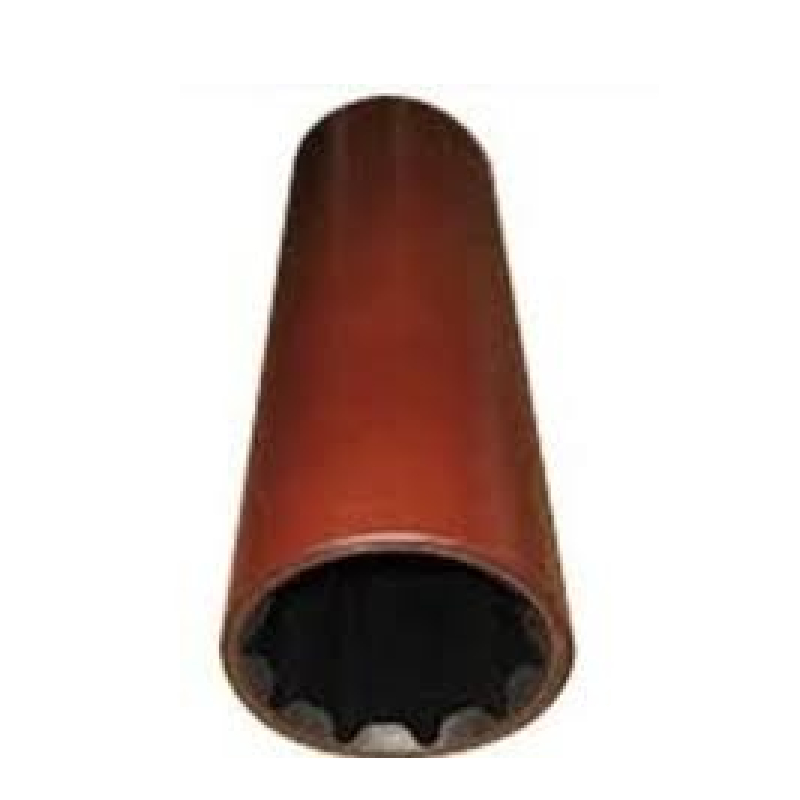Rear Output Shaft Seal for Transmission Maintenance and Replacement Guide
Understanding the Transmission Rear Output Shaft Seal
The transmission rear output shaft seal is a critical component of any vehicle's transmission system. It plays an essential role in maintaining the integrity and efficiency of the transmission by sealing the area between the transmission case and the output shaft that connects to the drive shaft. In this article, we will explore the function, importance, potential issues, and maintenance of the transmission rear output shaft seal.
Function of the Rear Output Shaft Seal
The primary function of the rear output shaft seal is to prevent transmission fluid from leaking out of the transmission case. The output shaft is connected to the drive train, and as it rotates, it needs to be well-lubricated with transmission fluid to ensure smooth operation. The seal acts as a barrier, keeping the fluid contained within the transmission while also allowing the output shaft to rotate freely. This sealing mechanism is vital for maintaining the proper fluid levels critical for cooling and lubrication within the transmission system.
Importance of the Rear Output Shaft Seal
The transmission rear output shaft seal is not just a minor component; it's essential for the overall health of the transmission. When the seal is functioning correctly, it helps to maintain optimal fluid pressure within the transmission, which is necessary for efficient shifting and operation. If the seal fails or begins to wear out, it can lead to several issues such as
1. Fluid Leaks The most common consequence of a faulty seal is transmission fluid leakage. This not only reduces the fluid level but can also lead to significant damage if the transmission runs low on fluid.
2. Overheating Insufficient fluid can cause the transmission to overheat, leading to potential failure and costly repairs.
3. Poor Performance A worn-out seal may result in poor shifting performance, increased noise, and vibrations during driving. This can affect the overall driving experience and may necessitate more frequent maintenance.
4. Transmission Failure In severe cases, prolonged neglect of a leaking seal can cause complete transmission failure, leading to expensive repairs or the need for a full transmission replacement.
transmission rear output shaft seal

Signs of a Failing Rear Output Shaft Seal
It's essential for vehicle owners to be aware of the signs that may indicate a failing rear output shaft seal
. Common symptoms include- Puddles of Transmission Fluid One of the most noticeable indicators of a leak is the presence of red or brown fluid puddles under the rear of the vehicle.
- Fluid Level Decrease Regularly checking the transmission fluid level and noticing a consistent drop can be a sign of a failing seal.
- Unusual Noises Grinding or whining noises coming from the transmission may indicate fluid issues related to a faulty seal.
- Warning Lights In some modern vehicles, the dashboard may display warning lights indicating transmission problems.
Maintenance and Replacement
Maintaining the transmission rear output shaft seal involves regular checks on the transmission fluid levels and looking for any signs of leaks. If any signs of a defective seal are noticed, it is crucial to address the issue promptly. Replacement of the output shaft seal is often standard during transmission service or repair. While the task can be performed by experienced DIY enthusiasts, it is recommended to consult a professional mechanic for a proper diagnosis and installation to ensure that the seal is fitted correctly.
Conclusion
The transmission rear output shaft seal is a small yet vital component that plays a significant role in the overall operation of a vehicle's transmission system. Understanding its function, recognizing the signs of wear, and maintaining proper fluid levels can help ensure a long-lasting and efficient transmission. Regular maintenance and prompt attention to any issues can save vehicle owners from expensive repairs and ensure a smooth driving experience. Whether you are a seasoned mechanic or a casual car owner, awareness of the rear output shaft seal's importance is essential for vehicle maintenance and reliability.
-
Understanding the Front Main Engine Seal: Purpose, Maintenance, and Installation
News Jul.29,2025
-
Understanding O-Rings and Seal Rings: Types, Applications, and Custom Solutions
News Jul.29,2025
-
Understanding Crankshaft Oil Seals: Rear Seals, Pulley Seals, and Their Role in Engine Integrity
News Jul.29,2025
-
The Importance of Front and Rear Crankshaft Seals in Engine Performance and Oil Management
News Jul.29,2025
-
Crank Oil Seals: Functions, Types, and Cost Considerations in Engine Maintenance
News Jul.29,2025
-
A Comprehensive Guide to O-Rings and Seals: Types, Materials, and Global Applications
News Jul.29,2025
-
Mastering Diesel and Performance Engine Maintenance: A Guide to Critical Oil Gaskets
News Jul.28,2025
Products categories















